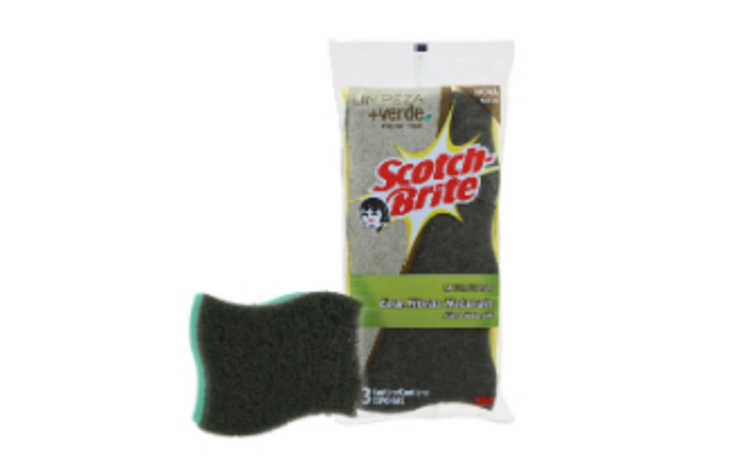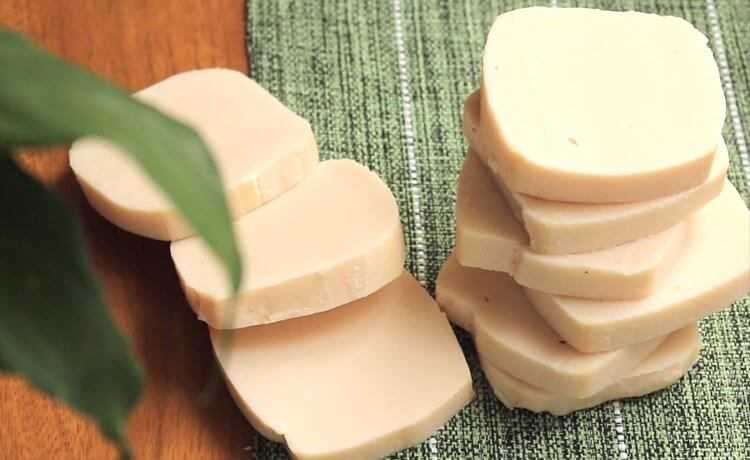Can electronic computer boards be recycled?
Made up of plastics and metals, electronic computer boards can be recycled instead of going to the dump.

Harrison Broadbent's edited and resized image is available on Unsplash
The International Labor Organization (ILO) points out that around 40 million tons of electronic waste (including computers, cell phones, printers, etc.) are produced every year. The perspective is that this amount will increase even more over time, as electronic devices with new functions and more attractive designs constantly appear, stimulating new purchases by the consumer, without the old product being outdated. But it is necessary to pay attention to the disposal given to the old item, as electronic equipment contains substances that are harmful to health and, when disposed of incorrectly, can cause serious damage to the environment.
- Ask your questions about e-waste recycling
Printed circuit boards, also known as PCIs, for example, are present in all electronic or technology equipment, such as computers, smartphones, cars, toys, among others.
PCBs consist of a board made of plastic and fibrous materials (such as plastic polymers) and a thin film of metallic substance (copper, silver, gold or nickel). These films form “tracks” or “paths” that will be responsible for the electrical conduction made by electronic components. These electrical impulses are transmitted to the components, allowing the functioning of each part and the system as a whole.
How are electronic boards made
Due to several researches in this area, circuit boards are constantly evolving and there are many ways to produce them. From the 1960s onwards, metal plates began to be used. fiberglass (FV), which are made of epoxy resin and have a thin fiberglass cloth inside. The use of epoxy resin makes the PV boards completely inert to water, but produces a board that is extremely difficult to cut and drill - the hardness of epoxy is similar to that of granite, requiring the use of special tools to cut or drill the PV plates.
Other materials for making boards are also used, such as polyester, polytetrafluoroethylene (PTFE), but, because of their properties or high costs, they are used more strictly.
Copper is normally used in the conductive material of PCBs, due to its excellent electrical conductivity and mechanical characteristics, which allow the production of thin sheets.
How to recycle circuit boards?
Recycling of electronic waste is very necessary due to the chemical components in its composition, which are toxic - they can cause problems if they are disposed of incorrectly. There are many methods for recycling computers and, consequently, the boards, which make up a large part of the device.
A delicate separation process is needed to begin recycling a computer. The plastic and metallic parts of the housings are the easiest to be removed and recycled. On the other hand, circuit boards are much more complicated to be recycled due to their complex composition and the presence of various heavy and toxic metals such as lead, copper, cadmium and nickel. But there are also precious metals, such as gold, silver and platinum, in addition to rare earths (rare elements in the earth's crust and difficult to extract and refine, such as neodymium used in HDs and magnets).- What are rare earths?
- What are the environmental impacts of heavy metals present in electronics?
- Four Tips to Reduce Exposure to Heavy Metals
Computer board recycling methods involve:
Mechanical processes
A pre-treatment system that aims to pre-separate metals, polymeric and ceramic materials. After this step, the metals are sent to the metallurgical refining process. The techniques that make up this process are: comminution, classification and separation.
Comminution is the technique used to reduce particle size and release metals for future concentrations. In the classification step, the material particles obtained by the previous process must be separated or classified according to their size. After the comminution and classification steps, the material is enriched through separation techniques: the parts that are of interest for the metal refining process are separated, discarding any impurities.
In the case of circuit boards, the difference in electrical conductivity between metals and non-metals is a fundamental condition for the good result of the technique. It is possible to separate non-conductive materials (polymers and ceramic materials) from conductors (metals). Some techniques used for this purpose are:
Pyrometallurgy process
It is a metallurgical process that uses high temperatures to produce pure metals, alloys or intermediate compounds. Pyrometallurgy requires high energy consumption to reach adequate temperatures for each step of the process. There are several steps in the process, ranging from drying the raw material to refining the final product. The chemical transformation step to be used will depend on the material in question. The best known are calcination (decomposition by heat in the presence of oxygen), roasting (calcination applied to sulphides) and pyrolysis (decomposition by the action of heat in an environment with little or no oxygen). Some of the biggest problems in using pyrometallurgical processes are the possibility of emitting toxic compounds such as dioxins, and the high energy consumption;
hydrometallurgy process
It consists of the separation of metals. Some of the advantages of this method are energy savings and less environmental pollution;
Electrometallurgy process
It is a process of refining metals through electrolysis. During electrolysis, metals without impurities undergo electrodeposition, in which metals such as copper, zinc, cadmium, aluminum, precious metals, among others, can be recovered with a high degree of purity;
Biometallurgy process
This process uses the action of microorganisms and minerals to recover valuable metals. Unfortunately, this process takes a lot of time and the metal needs to be exposed to microbial action.
Where to recycle?
If your computer and the card inserted into it aren't broken, but just technologically outdated, look for places that accept donations with working items. It is also possible to resell the card on the internet. But, in the cases mentioned, always be sure of how the final destination will take place after the end of the product's useful life.To recycle electronic boards, look for recyclers and specialized posts.










